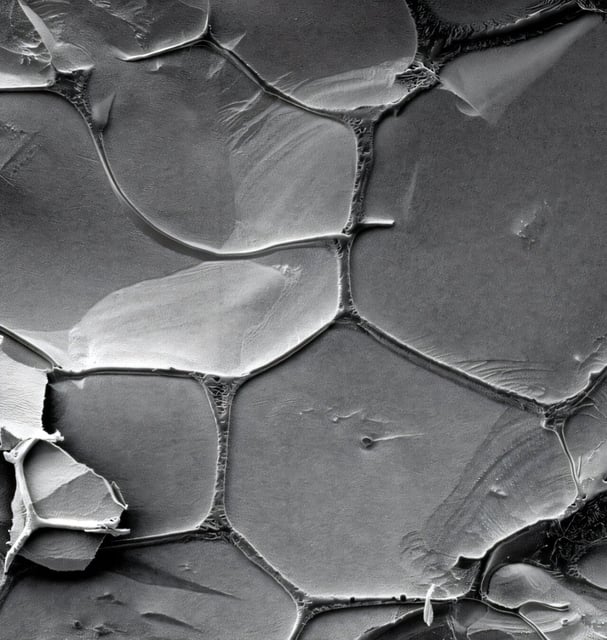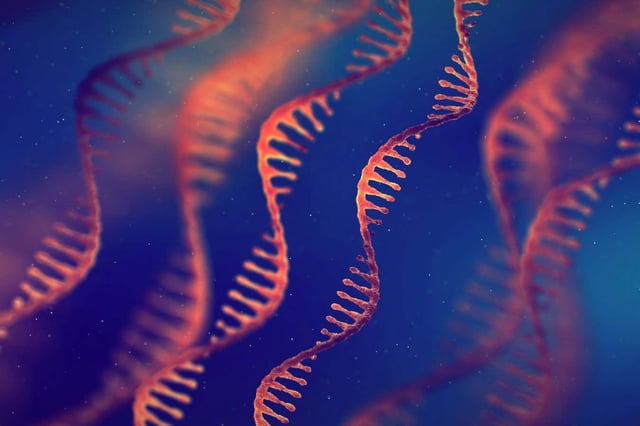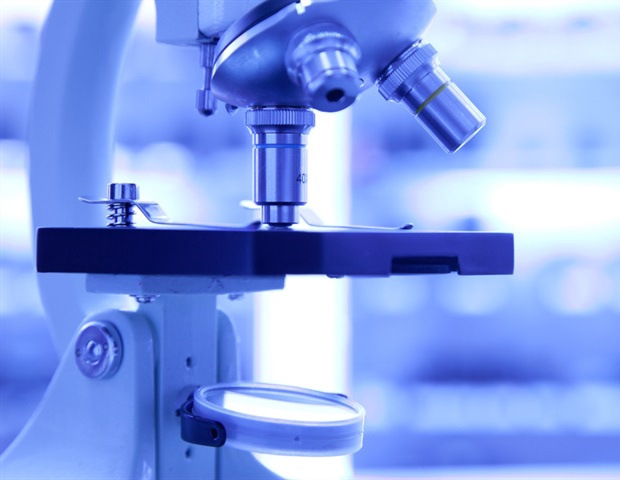Overview
- Chemists at University College London and the MRC Laboratory of Molecular Biology demonstrated partial non-enzymatic RNA self-replication using three-nucleotide building blocks.
- Acidifying and heating solutions separates RNA duplexes, then freezing concentrates triplets in liquid veins to coat single strands and prevent reannealing.
- Experiments mimicked freshwater geothermal settings, with saltwater tests failing as ions disrupted ice formation and nucleotide concentration.
- Researchers have replicated up to 30 letters of a 180-nucleotide RNA enzyme and aim to enhance ribozyme efficiency for complete strand copying.
- The findings support the RNA world hypothesis by providing a feasible chemical route for genetic polymer replication before modern enzymes emerged.


